Presented By : Shourov Hasan
There are various kinds of stitch defects like:
Boardy: The knitted fabric becomes boardy (a stiff or harsh hand) when the stitches have been knit very tightly.
Cockled or puckered: If the knitted fabric is cockled or puckered, it is due to uneven stitches or uneven yarn size.
Dropped Stitch: This is an un knitted stitch caused either by the yarn carrier not having been set properly or the stitch having been knitted too loosely.
Run or ladder: A run or ladder indicates a row of dropped stitches in the wale.
Hole: A large hole or a press off is the result of a broken yarn at a specific needle feed so that knitting cannot occur.
Tucking: This is the result of an unintentional tucking in the knitted fabric. This is also called the bird's eye defect.
Float: This is caused by a miss stitch which is the result of failure of one or more needles to have been raised to catch the yarn.
There are various kinds of stitch defects like:
Boardy: The knitted fabric becomes boardy (a stiff or harsh hand) when the stitches have been knit very tightly.
Cockled or puckered: If the knitted fabric is cockled or puckered, it is due to uneven stitches or uneven yarn size.
Dropped Stitch: This is an un knitted stitch caused either by the yarn carrier not having been set properly or the stitch having been knitted too loosely.
Run or ladder: A run or ladder indicates a row of dropped stitches in the wale.
Hole: A large hole or a press off is the result of a broken yarn at a specific needle feed so that knitting cannot occur.
Tucking: This is the result of an unintentional tucking in the knitted fabric. This is also called the bird's eye defect.
Float: This is caused by a miss stitch which is the result of failure of one or more needles to have been raised to catch the yarn.
Regards
Bipul
 Stitch properties: Stitch size
Stitch properties: Stitch size 

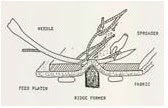










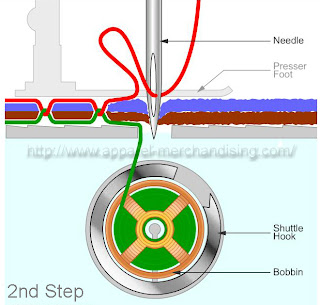


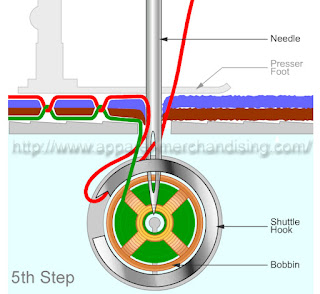


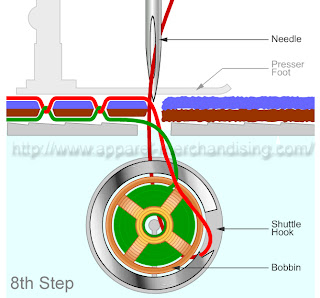
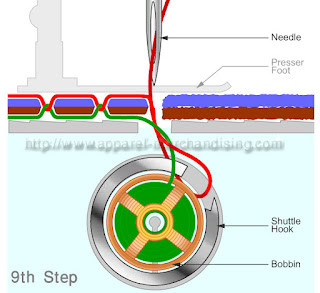
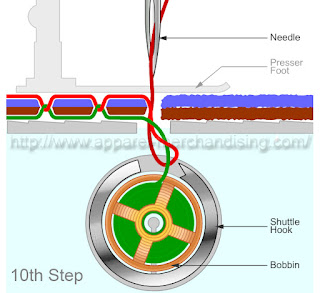


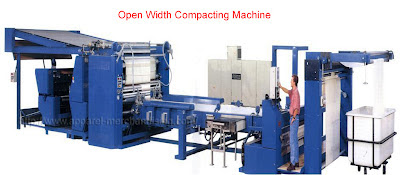


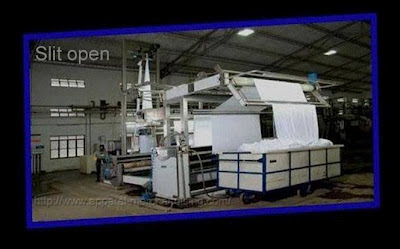


.png)





